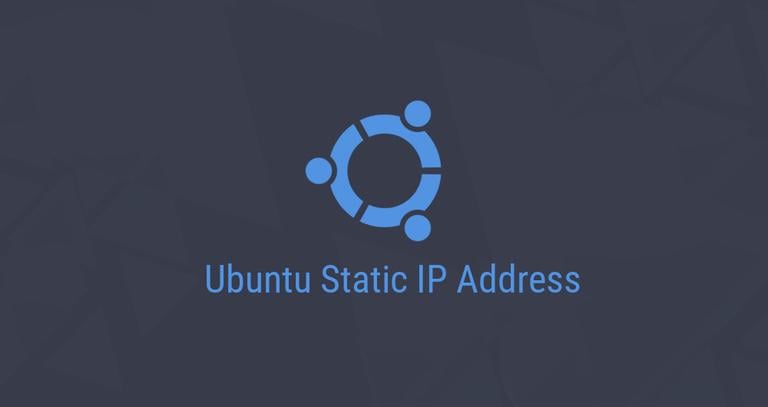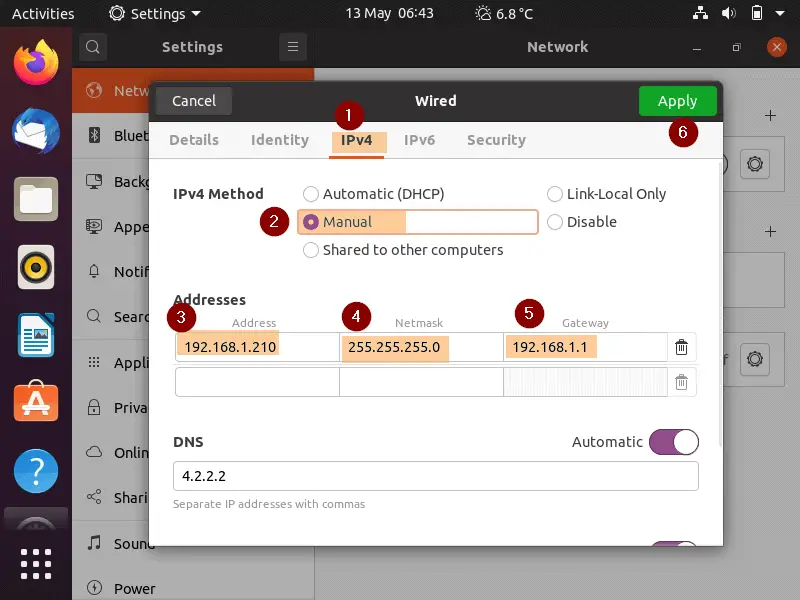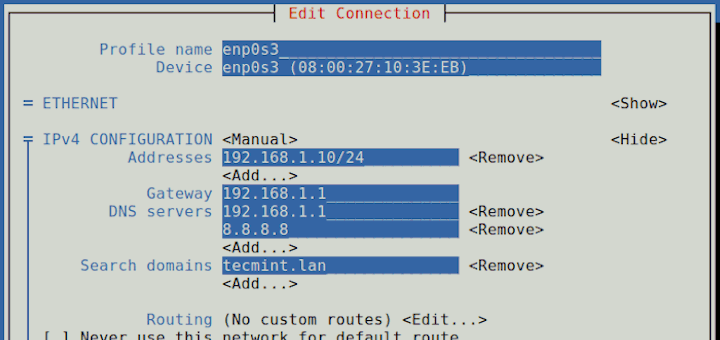
- #Find the mac address for ubuntu without internet install#
- #Find the mac address for ubuntu without internet license#
- #Find the mac address for ubuntu without internet windows#
We’re always watching for things that might be broken by changes we want to avoid breaking things when possible. If so and there is just no alternative to using them that comes from iproute2 (well, the ip or ss commands) that you can use to do the same, I want to know about how you are using them. sbin/mii-tool (ethtool should appropriately replace it) bin/netstat (replaced by ss, for which I’ll dedicate another blog post entirely) I want to know about your world Are you still using one of the following tools? The Ubuntu Forum Community Threads / Posts Last Post Ubuntu Official Flavours Support Choose the most appropriate category for your questions regarding Ubuntu, Kubuntu, Xubuntu, Edubuntu, Lubuntu, Ubuntu Studio, Mythbuntu, Ubuntu Mate, Ubuntu Budgie and Ubuntu Kylin. It may be time to revisit not installing net-tools by default anywhere. We’ve already stopped installing ifconfig on desktops (it still gets installed on servers for now), and people have been discussing dropping net-tools (the package that ships ifconfig and a few other old commands that are replaced) for a while now. Why is this important?Īs time passes, more and more features are becoming easier to use with the ip command instead of with ifconfig.

I’ll cover another: ip route, in another post. To be precise, it will show you the layer 3 details the interface: the IPv4 and IPv6 addresses, whether it is up, what are the different properties related to the addresses…Īnother command will give you details about the layer 2 properties of the interface: its MAC address (ethernet address), etc even if it is shown by ip address: ip link showįurthermore, you can set devices up or down (similar to ifconfig eth0 up or ifconfig eth0 down) simply by using: ip link set DEVICE up or ip link set DEVICE downĪs shown above, there are lots of other objects that can be interacted with using the ip command. It will just display the IP addresses assigned to all interfaces. This is the main command that would be used in place of ifconfig. Select the one for the Ethernet card.I understand this may look complicated to some people, but the jist of it is to understand that with ip, you interact with objects, and apply some kind of function to it. Run the command without parameters, /sbin/ifconfig, to get all adapters on your machine. This means that the Ethernet adapter can have a different name than eth0. For older Linux versions the 12-digit number will be listed after "HWaddr".įor newer versions of Linux distributions, consistent network device naming has been deployed. The HostID is the 12-digit number after "ether".

Type in /sbin/ifconfig eth0 at the command prompt and press Return. Type in hostname at the command prompt and press Return.To find the server name, open the Terminal application found in the /Applications/Utilities folder and type in hostname. These numbers should each consist of 12 characters.

Report the MAC address for both Ethernet 1 and also Ethernet 0 if it exists.Select the Hardware tab where you will find the MAC address listed.Select the correct Ethernet adapter and click Advanced.Go to System Preferences and select Network.Open System Preferences from the Apple Menu.
#Find the mac address for ubuntu without internet install#
If you plan to install on a PC with a wireless network adapter, you should report the physical address of both the wireless and the Ethernet adapter. Then press CTRL+V to paste the output in an editor. You can also type the command getmac /FO LIST /V | clip, where /FO contains the letter O as in Oscar. Type arp -a without the quotation marks at the command prompt and press the Enter key. To place the number in the clipboard: Highlight the text with the left mouse button, then press return. Open a command-line window on any network-attached computer.
#Find the mac address for ubuntu without internet license#
The host name can also be reported to your COMSOL representative for easy handling, but it is not necessary to create the license file.
#Find the mac address for ubuntu without internet windows#
Obtaining the HostID on Linux Obtaining the HostID on Windows The HostID is sometimes called Ethernet address or MAC-address (Media Access Control address). The HostID is the physical hardware number of the Ethernet Network Interface Card (NIC). The server name is the network name of the computer, which can be just a name, (e.g., bart), a fully qualified ip-name () or an ip-number (130.243.43.3). COMSOL uses the FlexNet Publisher licensing system to create installation codes using the HostID and server name and possibly more information about your system. For many license types in the COMSOL product family, your COMSOL sales representative will ask you for some information in order to create installation codes.


 0 kommentar(er)
0 kommentar(er)
